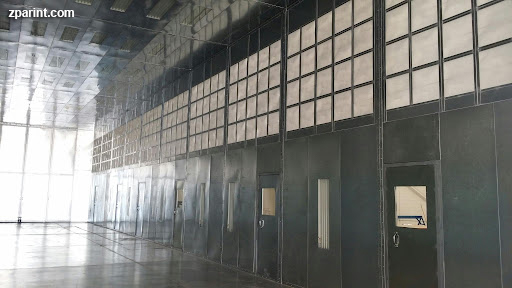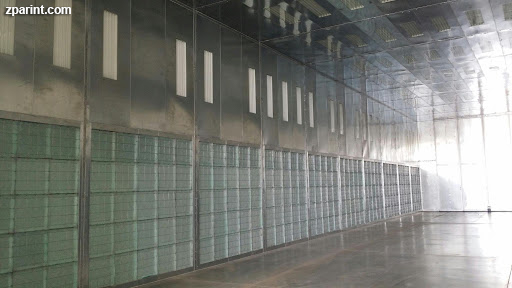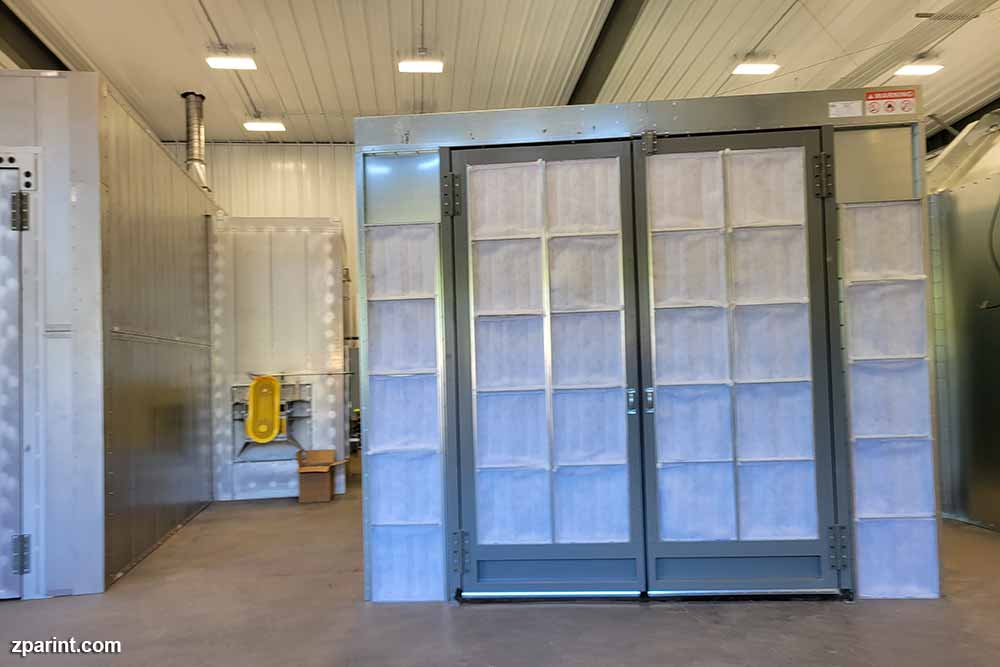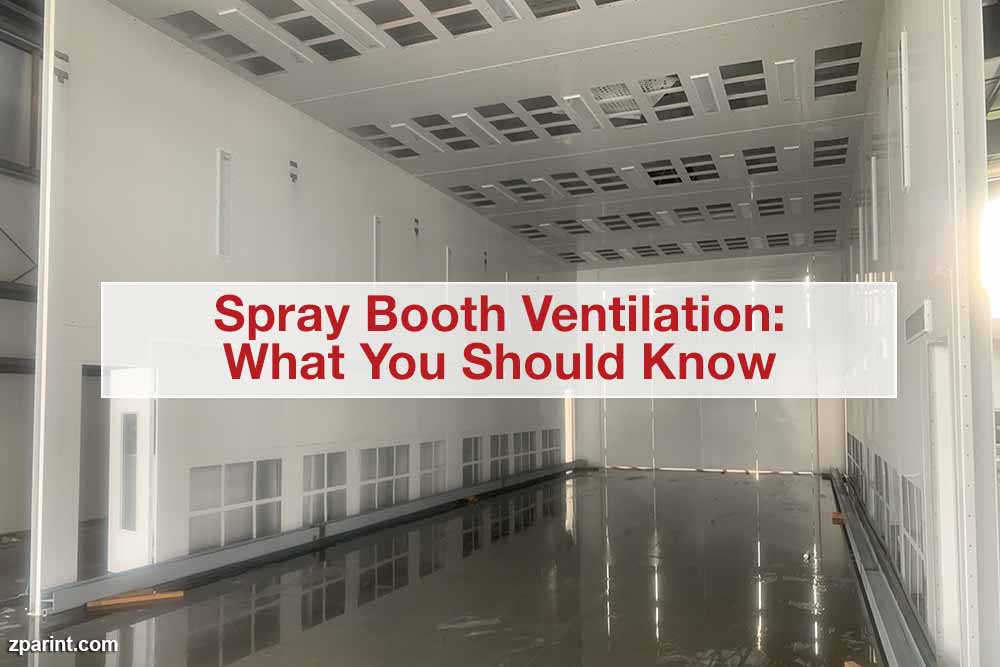A paint booth lacking effective ventilation fashions a dangerous hazard-rich environment in any paint shop. There is always the potential risk that your team will be exposed to the unhealthy fumes that are released when a spray booth is in operation. The solvents along with other chemicals that play a critical role in the functionality of a spray paint booth are crammed with numerous volatile organic compounds (VOCs). When your unit’s workers are exposed for prolonged periods of time to these harmful fumes, their health will inevitably take a heavy toll both in the short term and long term. So it is always essential to make sure your paint booth has proper ventilation to protect your paint operators from this sort of hazard
A lot of flammable materials and even equipment are routinely in use in paint booths. In the event that paint fumes are accidentally brought into contact with electric discharges or chemical materials which are reactive, this is a perfect recipe for sudden and destructive conflagrations. It is always prudent to invest in good fire suppression equipment for your unit to always be on the safe side. Yet it would be much wiser to focus on taking the necessary precautions to avoid dangerous fire hazards in the first place.

All this can be achieved by investing in an effective ventilation system. An inadequate ventilation system would not have the punch to capture dirt, dust together with other contaminants. This invariably gives rise to significant issues in paint job finishing quality. Also, an improper ventilation system in your spray booth greatly impairs the ability of your paint operators to work at peak performance consistently. A properly ventilated spray paint booth will deliver consistent quality paint jobs at all times. This will enable you to greatly cut down on the operational costs of your unit and even its cycle time. Let us now look at the components that make up a proper paint booth ventilation system.
Components of a paint booth ventilation system
Exhaust fans must be installed in your spray booth to properly regulate air circulation and vent all contaminants to the outside of your paint shop. You should always be on the watch to make sure that your exhaust fans don’t get clogged or start malfunctioning. This goes a long way in guaranteeing the peak performance of your unit. A good spray paint booth ventilation system should as well include exhaust and intake filters.

The first variety is designed to capture and contain overspray prior to its being vented into the atmosphere. This can do wonders in immensely minimizing your paint facility’s emissions. Should your unit be of the downdraft type, the exhaust filters must be set up in close proximity to the unit’s door. Conversely, should your booth be of the crossflow variety, the exhaust filters should be set up in the opposite direction from the intake filters.
The intake filters, on their part, are specifically designed to capture and contain the dirt and contaminants from the air that enters your unit. Intake filters are generally installed in the ceiling of downdraft booths and in close proximity to your unit’s door if it is a crossflow model. Always put in the effort to monitor and substitute your intake and exhaust filters to guarantee your unit
remains properly ventilated all the time. A clogged spray booth filter is one that is incapable of eliminating toxic contaminants.
Paint booth ventilation systems requirements
OSHA mandates that a spray paint booth should be capable of filtering out flammable contaminants and relaying pent-up air flow to a proper exhaust for effective ventilation. Additionally, OSHA states that there should be an independent exhaust system that vents outside your paint shop. The best ventilation system out there is one that can run constantly during and after finishing operations. Finally, vented air must not be allowed to cycle back into your unit since this will trigger contamination.

The EPA has forwarded specific guidelines when it comes to paint booth ventilation requirements. According to the EPA, exhaust and intake filters must have no less than 98% capture efficiency for automotive refinishing applications. Also, a spray booth should be completely enclosed and ventilated at negative pressure or no more than 0.06’’ water gauge positive pressure for a spray paint booth that is sealed on all doors and other openings and has an automatic balancing system.
ZPar International is a leading manufacturer of top-notch spray booths, paint booths units that integrate the finest ventilation systems in the market. We also offer other related equipment including powder coating units and abrasive blasting equipment and accessories

